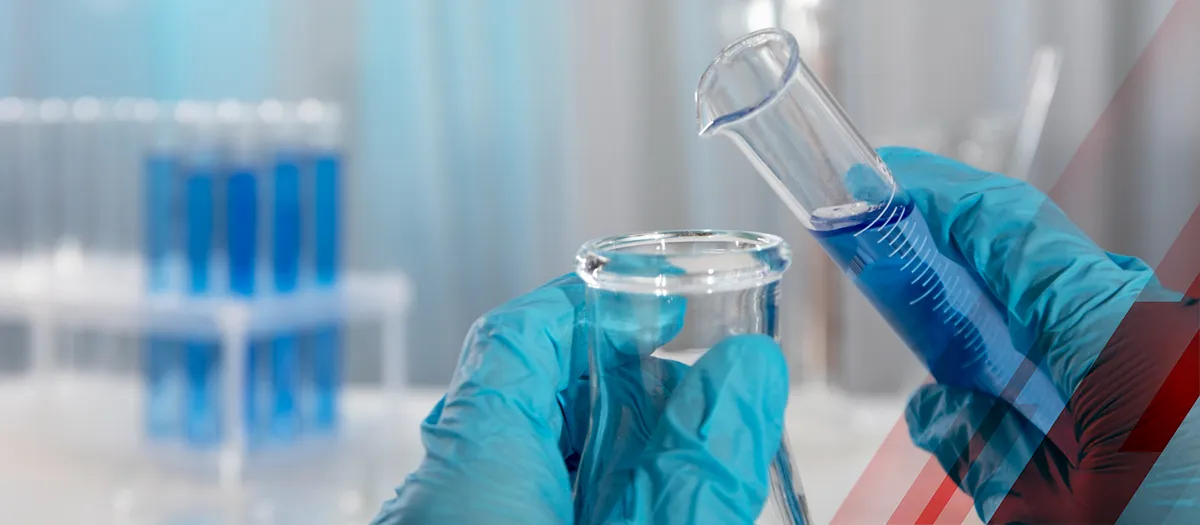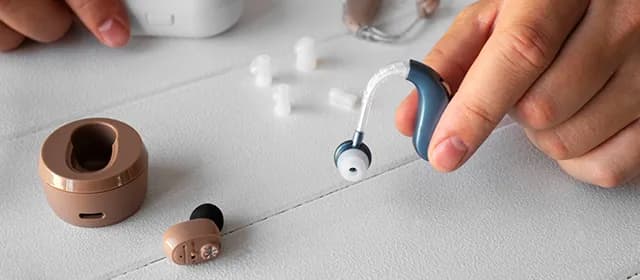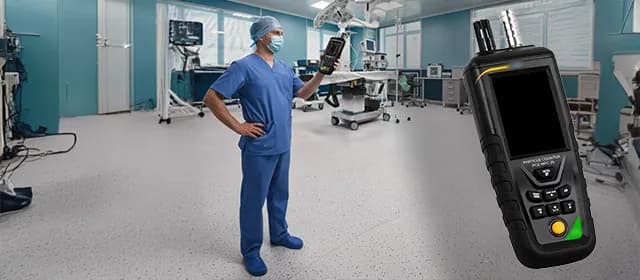Precision and purity play a crucial role in the fields of medications and biotechnology. The process of sterile filtration is of utmost importance as it serves as a safeguard against the presence of microscopic threats in these areas. Whether it is in pharmaceutical laboratories or advanced biotech facilities, this filtration ensures that substances maintain the highest level of purity and potency.
Let's dive in and explore more about this filtration method.
What is Sterile Filtration?
Sterile filtration, or cold sterilization, is a critical process used to remove or reduce microbial contaminants from liquids, ensuring the production of sterile drug products and biologics. This method involves passing substances through specialized filters to achieve the complete removal of possible microorganisms.
The sterile filtration validation protocol involves proving that the filter does not adversely affect the process stream and that the sterilization method is effective without compromising the filter compatibility.
This filtration process is essential for ensuring the sterility of small-volume parenteral (SVP) drug products and is a key step in downstream processing for biologics. It is a cold method of sterilization that removes microbes rather than killing them and is vital for maintaining the integrity and safety of pharmaceutical and biotechnological products.
This filtration is highly performed in the pharmaceutical and chemical industries. According to a recent report by Kings Research, the global sterile filtration market is likely to be worth $11.12 billion by 2030.
How does Sterile Filtration Work?
Sterile filtration involves the sterilization of a non-sterile product by passing it through a filter designed to maintain sterility, thereby ensuring the purity of liquids and other products. This process removes particulate matter and microorganisms, effectively sterilizing the product. These filters are sterilized through sieving, screening, entrapment, impaction, and electrostatic attraction.
Membrane filters are used for sterilizing solutions due to their nonreactivity, particle retention, and debris retention. Sterile filters are specially designed to increase surface area and flow rate, with standard designs including flat membranes, pleated cylinders, and cartridge structures. The filters are steam sterilized before use and often dried with compressed gas after sterilization is completed.
Major 4 Types of Filters Used in Sterile Filtration
Below are the primary four types of sterile filters used in the cold sterilization process.
-
Particle Filters
Particle filters are mainly used as pre-filters and have a porosity rating of 10 to 200 mm, which can remove bulk pollen, dirt, bacteria, and large particles. These filters use cellulose, heat-bonded polypropylene, cellulose ester, diatomaceous earth, glass, gravel, sand, and polypropylene yarn materials for sterilization. Prefilters are generally employed to control the membrane clogging of micro-filters.
-
Micro-Filters
These filters have a porosity rate of 0.22 mm or smaller, and they are commonly used to remove bacteria and yeast from target products. Micro-filters are classic sterilizing filters with a narrow pore distribution and controlled polymeric structures, used in combination with particle filters for final syringe filtration before product administration.
-
Ultra Filters
Ultra filters' porosity rate ranges from 0.001 to 0.1 mm. These filters are also known as viral filters, as they are specially designed to remove viral particles and large organic compounds. These compounds can be greater than 10,000 Daltons.
-
Nano-Filters
Nano-filters have a porosity of less than 0.001 mm. They are often used to remove small ionic particles and organic compounds. These filters are made from activated alumina particles and polymers like glass fibers and are used in reverse osmosis systems to filter gases, solvents, and strong alkaline or acidic solutions, either wet or dry.
Discovering the Key Advantages of the Sterile Filtration Technique
Below are the key benefits of the sterile filtration process.
- It eliminates microbial contamination
- It preserves product integrity and stability
- It ensures the safety and efficacy of pharmaceuticals and biotech products
- It protects sensitive cell cultures and laboratory samples from harmful particles
- It facilitates compliance with regulatory standards for purity and sterility
Top Filters Employed Across Diverse Sectors for Sterile Filtration
Below are the most commonly used filters across various industries for cold filtration.
1. LifeASSURE PDA Series Filter Cartridges
3M's LifeASSURE PDA Series Filter Cartridges are high-quality, sterilizing-grade membrane filters designed for various industries, including pharmaceuticals, biologicals, and bioprocesses.
The innovative Advanced Pleat Technology increases the useful surface area while maintaining open flow paths between media pleats. These filters meet 0.2 and 0.1 mm rated filtration requirements for critical sterilization applications, such as chromatography column protection, serum, and blood fractions.
2. Sterile Vacuum Filtration System
Merck's Stericup and Steritop vacuum filtration systems are high-performing and capable of efficiently processing and storing volumes ranging from 150 mL to 1,000 mL. These filters, equipped with improved Millipore Express® PLUS membranes, are ideal for sterile filtration of complex cell culture media, buffers, and reagents. They are designed for maximum flow rate and low protein binding and are available with various Merck membranes and processing volumes.
3. Nalgene Syringe Filters
Thermo Scientific's Nalgene syringe filters are designed for labs, offering sterile and non-sterile applications. These filters are available in various sizes and membranes; they are suitable for prefiltration, sample preparation, sterile filtration, laboratory filtration, and gas venting. This filter is suitable for sample sizes ranging from 10 to 100 mL and is used as a prefilter in lab settings.
Concluding Thoughts
Sterile filtration plays a crucial role in ensuring the removal of contaminants such as dirt, particles, and bacteria from various products. This technique is an essential process used in a wide range of industries, including pharmaceuticals, biotechnology, and laboratory research.
By employing this technique, companies can guarantee the purity and safety of their products. Sterilization processes are employed to ensure optimal flow rates and minimal protein binding. Various types of sterile filters are used to perform the sterilization of products.




